In the latest episode of ArtStorming, host Lili Pierpont takes listeners on a journey to Gallup, New Mexico, the gateway to the Navajo Nation, to meet Hiro, a remarkable young Indigenous artist whose distinctive style is turning heads in the contemporary art world.
The three-hour drive from Santa Fe across breathtaking landscapes with magnificent red sandstone cliffs sets the stage for this profound conversation about creativity, identity, and artistic expression. What makes this encounter particularly special is that Pierpont first discovered Hiro's work before meeting him personally—a testament to the young artist's already recognizable style that stopped her "dead in her tracks" at Indian Market.
At just 21 years old, Hiro has developed a neo-expressionist approach that blends influences from artists like Jean-Michel Basquiat and Francis Bacon with his Navajo heritage. His studio, filled with canvases featuring skeleton figures adorned with traditional headdresses, showcases his unique visual language that challenges conventional expectations of Native American art.
Music emerges as a fundamental influence on Hiro's creative process. From punk rock bands like The Ramones and The Misfits to jazz legends like John Coltrane, Hiro's diverse musical tastes directly inform his painting. He describes how different genres create specific energies that flow through him and onto the canvas. This synergy between sound and visual expression creates a powerful creative feedback loop, where he'll sometimes pause painting to play guitar, then return to the canvas with renewed inspiration.
The conversation delves into Hiro's educational experience at the Institute of American Indian Arts (IAIA), where instructors encourage students to maintain their authentic artistic voices rather than conforming to assignments. This supportive environment has allowed Hiro to explore his distinctive style while learning about art history and techniques. He appreciates the opportunity to create alongside fellow students from various tribal backgrounds in a setting that honors Indigenous perspectives.
Perhaps most interesting is Hiro's perspective on traditional Native American art forms versus his contemporary approach. He articulates a desire to be recognized as more than just a "Native artist," aspiring instead to change perceptions about what Indigenous art can be. Citing Fritz Scholder as an influence, Hiro seeks to depict Native experiences in contemporary contexts, sometimes creating work that traditionalists might consider controversial but that he views as authentic representations of modern Indigenous life.
Throughout the conversation, themes of identity, tradition, and innovation intertwine. Hiro reflects on growing up Navajo, the limited representation of Native Americans in media, and his ambition to create art that speaks to universal human experiences while honoring his heritage. His journey represents the exciting evolution of Indigenous art in the 21st century—embracing global influences while maintaining cultural connections.
As the episode concludes, Hiro shares his aspirations to possibly relocate to art centers like Santa Fe, Los Angeles, or New York, where his distinctive style might find even broader audiences. His artistic journey, still in its early stages but already marked by a clear vision and recognizable voice, embodies the podcast's exploration of how creative individuals bring new ideas to life
.

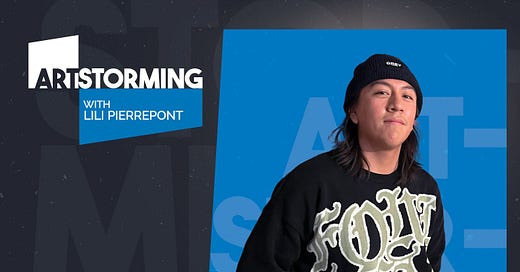
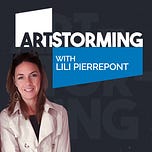





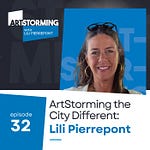

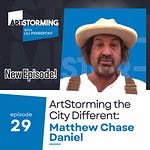
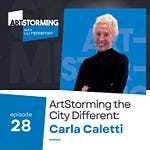
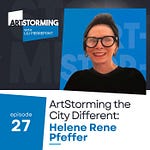
Share this post